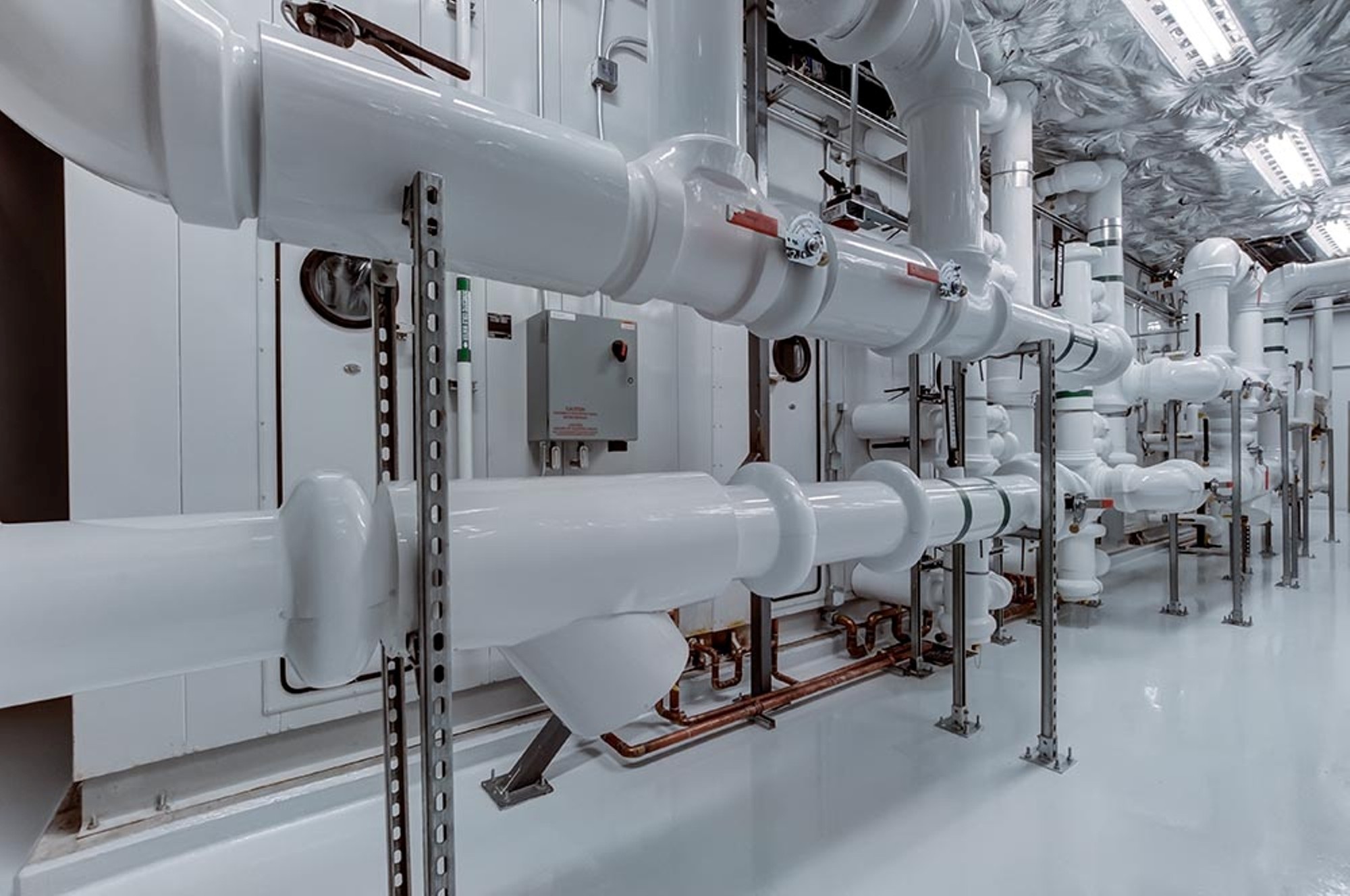

ASTM A350 (or ASME SA350) is a specification that covers carbon and low-alloy steel forgings used for piping components, pressure vessels, valves, flanges, and fittings intended for low-temperature service. Unlike standard carbon steels, materials under A350 are specifically designed and tested to maintain toughness and ductility at sub-zero temperatures, making them essential for cryogenic and low-temperature pressure systems.
What ASTM A350 Covers
The A350 specification defines forgings that must meet Charpy V-Notch impact requirements, ensuring that the steel does not become brittle at low temperatures (often down to −50°F or below).
These materials are used in components such as:
-
Pipe flanges and fittings
-
Valves and couplings
-
Pressure vessels and cryogenic piping systems
Each grade under ASTM A350 represents a different chemical composition and mechanical property balance, designed for specific service environments.
Common Material Grades Under ASTM A350
| Grade | Type | Key Features | Typical Applications |
|---|---|---|---|
| LF1 | Carbon steel | Suitable for mild low-temperature service; lower strength than other grades. | General low-temp piping and fittings. |
| LF2 Class 1 / Class 2 | Carbon steel | The most commonly used A350 grade. Good toughness at −50°F, balanced strength, and weldability. | Flanges, valves, and fittings in cold service lines. |
| LF3 | Nickel-bearing carbon steel (~3.5% Ni) | Improved notch toughness and strength for lower service temperatures (down to −150°F). | Cryogenic piping, LNG systems, and cold gas processes. |
| LF5 | 9% Nickel steel | Exceptional toughness at extremely low temps (−320°F). | Liquefied natural gas (LNG), cryogenic systems, and liquid oxygen/nitrogen service. |
| LF6 Class 1 / Class 2 | Carbon-manganese-molybdenum steel | Enhanced strength and impact properties at low temperature. | Pressure vessels, power generation piping, and refinery low-temp systems. |
| LF9 | 9% Nickel alloy | Superior low-temp and cryogenic toughness. Excellent resistance to brittle fracture. | LNG and cryogenic fluid storage systems. |
Mechanical and Impact Requirements
ASTM A350 grades are tested for both tensile and impact properties:
| Property | Typical Requirement (LF2) |
|---|---|
| Tensile Strength | 485 MPa (70 ksi) min |
| Yield Strength | 250 MPa (36 ksi) min |
| Elongation | 22% min |
| Charpy Impact Energy | 20 ft-lb at −50°F (typical) |
These requirements ensure that A350 forgings can perform reliably even when exposed to extreme cold without risk of cracking or brittle failure.
Heat Treatment and Classes
A350 forgings are typically normalized, quenched and tempered, or normalized and tempered, depending on the grade and application.
The Class 1 and Class 2 designations (e.g., LF2 Class 1, LF6 Class 2) refer to slight differences in impact testing, chemical composition, or heat treatment requirements — ensuring specific mechanical performance for different industries.
Common Applications
A350 Low Temperature Carbon Steel is used extensively in:
-
LNG production and transport systems
-
Cryogenic storage tanks and valves
-
Power generation and refinery units operating below freezing
-
Offshore oil and gas installations
-
Low-temp pressure vessel flanges and fittings
Conclusion
ASTM A350 provides a reliable range of low-temperature carbon and alloy steel forgings tailored to specific service conditions. From LF2 for standard cold-service piping to LF5 and LF9 for cryogenic applications, each grade ensures that pressure components maintain toughness and integrity under extreme temperatures. Selecting the proper A350 grade is vital for performance, safety, and compliance in low-temperature and cryogenic industries.

